Optimizing Learning Programs: Bridging the Habit Gap in Organizations

Ready to transform your data strategy with cutting-edge solutions?
Preface
In today's fast-paced business environment, organizations recognize the importance of continuous learning and skill development for their employees.
However, even after putting the best of the content, infrastructure and people, the gap between the intention of organizations to foster a culture of learning and the actual implementation and adoption of learning initiatives by employees keeps on widening.
There could be many reasons why people may not benefit from a learning program. It’s commonly mistaken that plugging the knowledge gap of a learner would ensure program’s success. However, knowledge is just one of the gaps among many others.
In this blog, we’ll explore the Habit Gap of learning, why it occurs, its impact and how to reduce the same for learning at work.
Understanding the Habit Gap in Learning Programs
A habit gap occurs when employees joining an organization are used to working in certain ways that are not productive for the growth of their current organization. It could be anything from having a habit of writing unprofessional code to the habit of always waiting for a teacher to instruct on how to approach a problem.
However, the real world presents more unknown problems than known ones, and without a mindset shift from a dependent learner towards an independent problem solver, the employees would soon become a performance bottleneck for their teams.
This could lead to multiple talent issues like : low skilled talent, underutilization of talent, limited employee growth, and a stagnant organizational culture.
Why Does the Habit Gap Exist?
There are several reasons why the habit gap persists within organizations:
1. Lack of integration : Learning programs are often treated as separate entities from day-to-day work challenges. When learning is not seamlessly integrated into employees' workflows, it becomes challenging to promote a habit of continuous learning.
2. Ineffective communication : Organizations may fail to effectively communicate the value and benefits of learning programs to employees. Without a clear understanding of the relevance and impact of learning initiatives, employees may not prioritize them in their daily routines.
3. Limited accountability : Without mechanisms for accountability, employees may lack the motivation and guidance to actively engage in learning programs. The absence of clear goals and regular progress tracking can contribute to the habit gap.
Optimizing Learning Programs
To bridge the habit gap and optimize learning programs within organizations, consider the following strategies:
1. Integrate learning into workflows : Align learning initiatives with employees' day-to-day work activities. Embed learning opportunities within projects, encourage knowledge sharing among teams, and provide resources that are easily accessible during work processes.
2. Communicate the value of learning : Clearly articulate the purpose and benefits of the learning programs to employees. Highlight how continuous learning contributes to personal and professional growth, enhances job performance, and supports the organization's success. Regularly communicate success stories and testimonials to inspire employees.
3. Establish a culture of accountability : Set clear learning goals and expectations for employees. Encourage managers to actively support and monitor employees' progress in their learning journeys. Regular check-ins, progress reviews, and recognition of achievements can foster a sense of accountability and motivation.
4. Provide diverse learning resources : Offer various flavors of learning resources suited to specific individual or team needs. This could be inclusive of but not limited to : Masterclasses, Challenges, Practice problems, Capstone Projects, Hackathons or Live Collaborative learning sessions. It is always a plus to have the learning content aligned with the learner's industry domain.
At Enqurious we are building a combination of the above to empower the L&Ds to craft learning programs that suit their project needs. Modularity and relevance are the key goals we align to while building industry aligned, ready-to-use scenarios
5. Promote collaboration and knowledge sharing : Foster a collaborative learning environment where employees can share insights, experiences, and best practices. Encourage cross-functional collaboration, create communities of practice, and establish platforms for peer-to-peer learning.
6. Measure and celebrate progress : Implement mechanisms to track and measure the impact of learning programs. Use data analytics to gather insights on participation rates, skill development, and employee satisfaction. Recognize and celebrate individual and team achievements to reinforce the value of learning and motivate further engagement.
Key Takeaways
Optimizing learning programs within organizations is crucial for bridging the habit gap and unlocking the full potential of employees. By understanding the reasons behind the habit gap and implementing effective strategies such as integrating learning into workflows, communicating the value of learning, establishing accountability, providing diverse learning resources, promoting collaboration, and measuring progress, organizations can foster a culture of continuous learning and drive employee growth.
Ready to Experience the Future of Data?
You Might Also Like

A complete guide to building a future-ready L&D team in 2025. Explore the roles, skills, structure, and AI-driven strategies that drive real business impact.

Learn how to bridge the digital skills gap with effective upskilling strategies. Discover how to foster a culture of continuous learning, personalize training with AI, and focus on future-ready skills.

Discover 5 key strategies to overcome upskilling and reskilling challenges in the age of AI. Learn how to build a future-ready workforce with personalized learning, cross-functional collaboration, and real-world application.
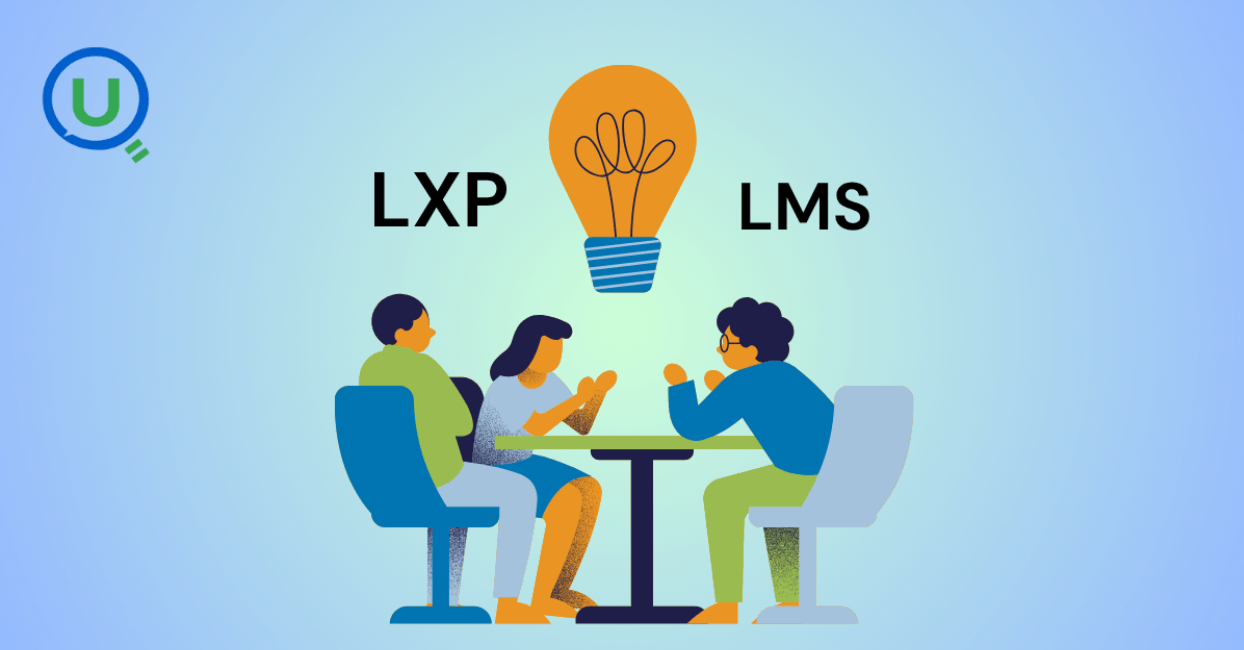
Explore the key differences between LXP and LMS platforms and learn which is best for your business in 2025. Discover how AI-driven learning systems can boost employee engagement and upskill your workforce for the future.

Discover 6 powerful ways to upskill employees and future-proof your workforce in the age of AI and data. Learn how leading organizations are adapting learning strategies to stay ahead.
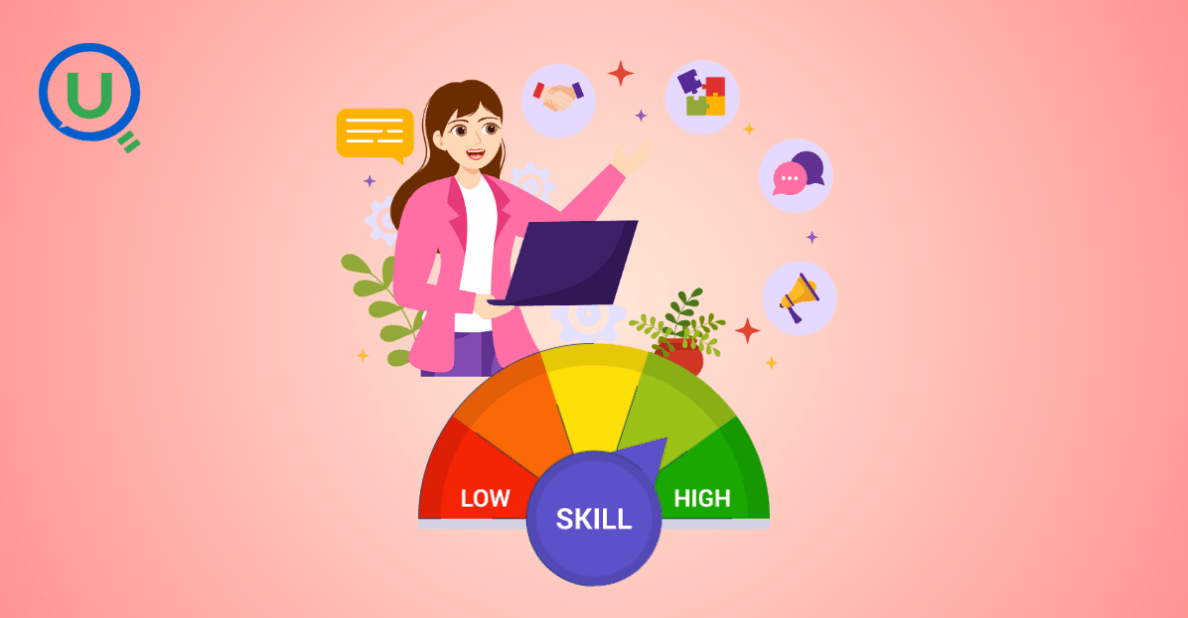
Explore the difference between reskilling and upskilling and why it matters for career growth and organizational success. Learn how reskilling helps workers pivot to new roles and how upskilling enhances current skills to stay competitive in today's fast-changing job market.

Explore the 6 core adult learning principles and how they can transform your training programs. Learn how to apply these principles for better engagement, retention, and real-world application, ensuring meaningful learning experiences for adult learners.
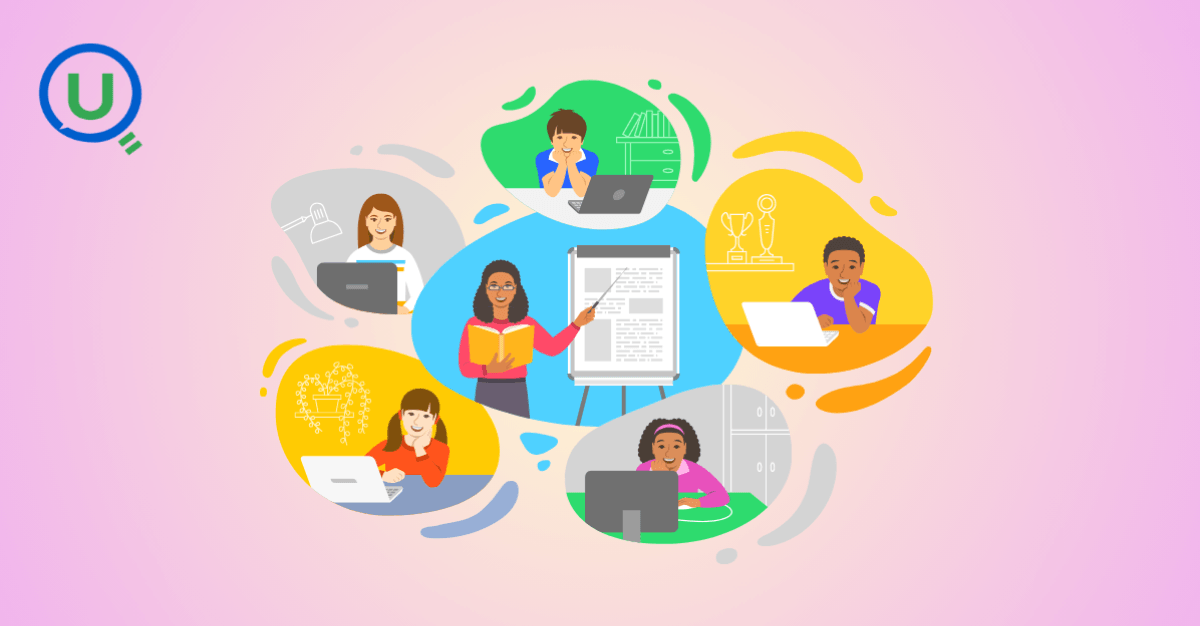
Discover the 9 key components of an effective learning experience and how they drive better engagement, retention, and real-world application. Learn how organizations can implement these elements to create impactful learning journeys.
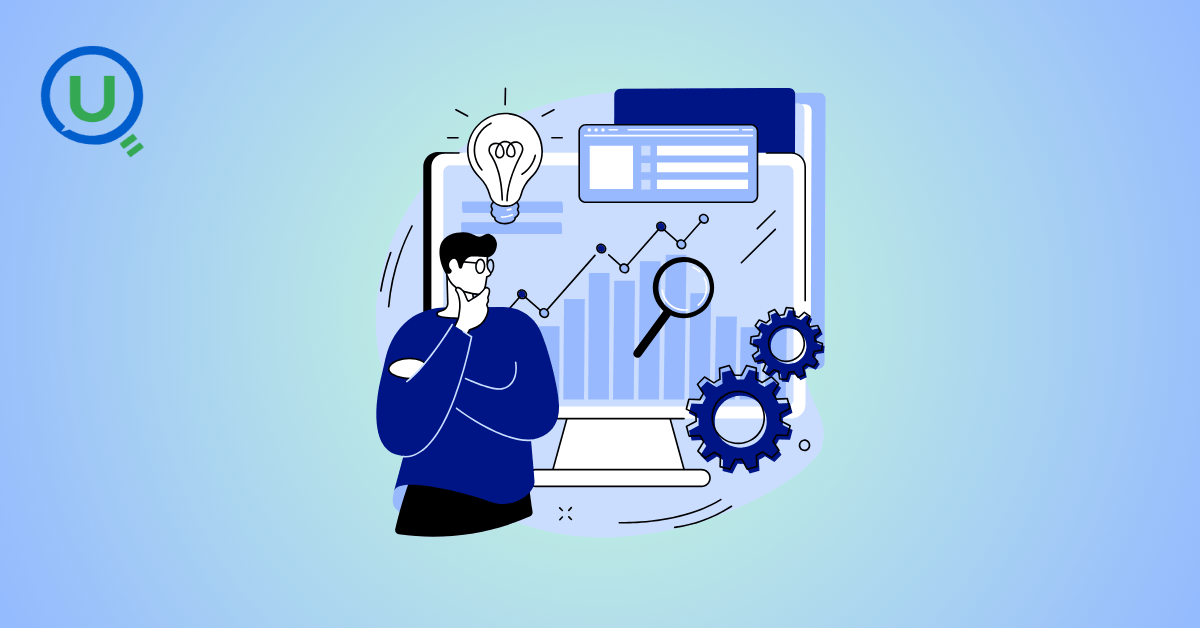
Boost your Business Intelligence skills in 2025 with 25 hands-on exercises that cover data analysis, visualization, SQL, and more. Perfect for professionals looking to sharpen their BI expertise and stay ahead in the competitive job market.
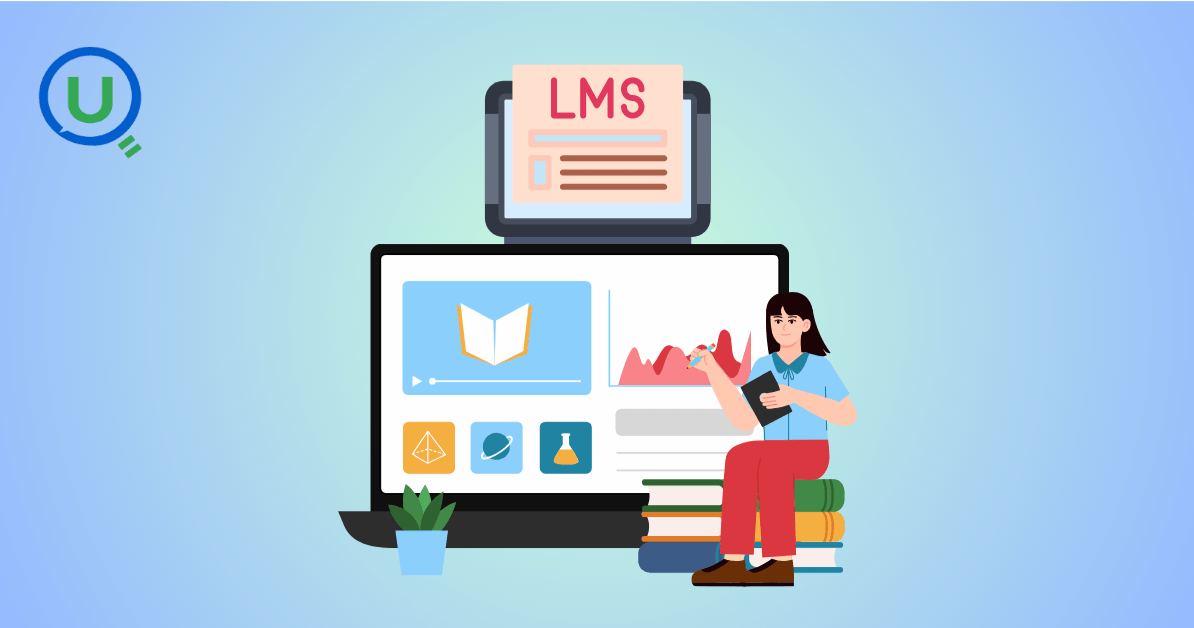
Learn about Learning Management Systems (LMS), their key benefits, and popular examples like Moodle, Google Classroom, and Enqurious. Discover how LMS platforms are revolutionizing education and training for businesses and schools.
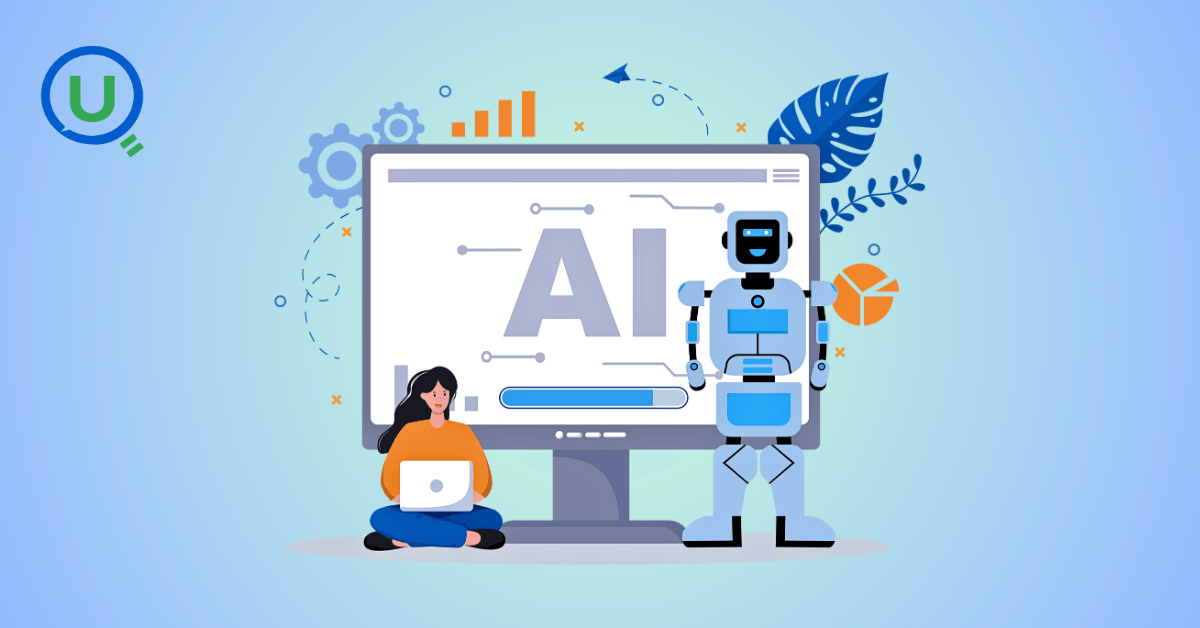
Discover how AI is transforming workplace learning and development by personalizing training, delivering real-time feedback, and aligning learning with business goals to drive workforce excellence and growth.

Discover why a Capstone Project is essential in 2025. Explore how it bridges the gap between theory and practice, enhances problem-solving skills, provides industry experience, and prepares students for real-world challenges. Learn how capstone projects are shaping future careers.

In today’s rapidly evolving job market, the value of evidence-based skills has never been more critical. As industries shift and technology transforms how we work, the need for tangible proof of competencies has become paramount.

In today’s rapidly evolving technological landscape, one skill stands out above all others: learnability. Learnability, often described as the ability to continuously acquire new skills and adapt to change, is no longer just an advantage but a necessity.
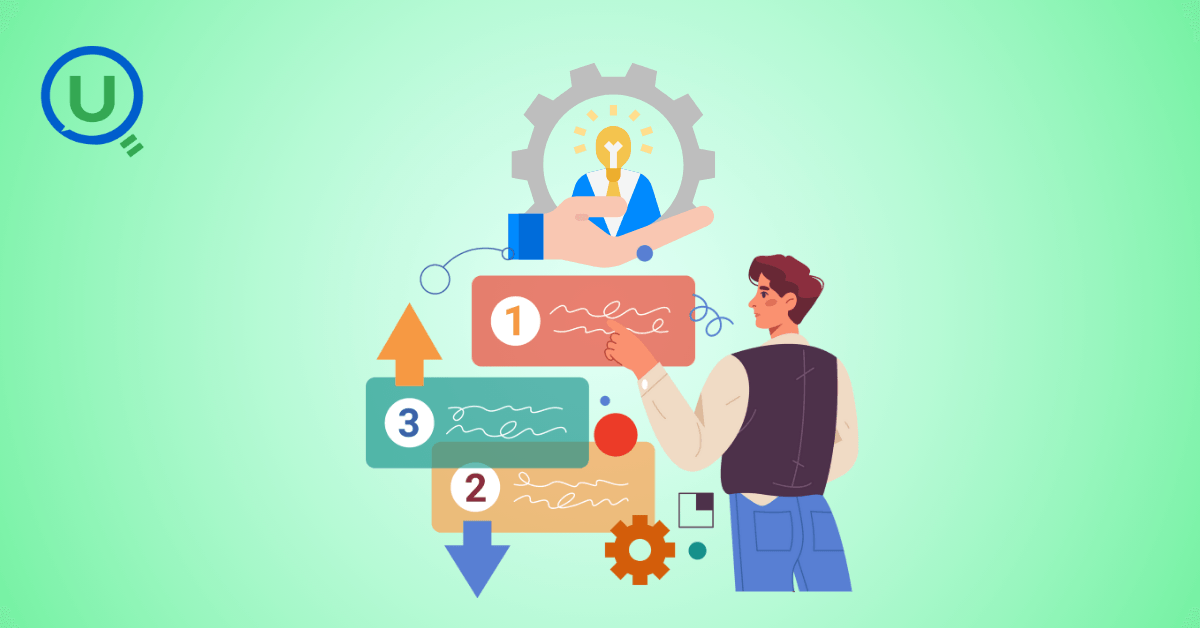
To build a future-ready workforce, companies need to rethink talent strategies. Start by developing a data-driven talent system to align key roles with best-fit talent. Invest in AI training now to stay ahead, and shift hiring practices to focus on skills, not just job titles.
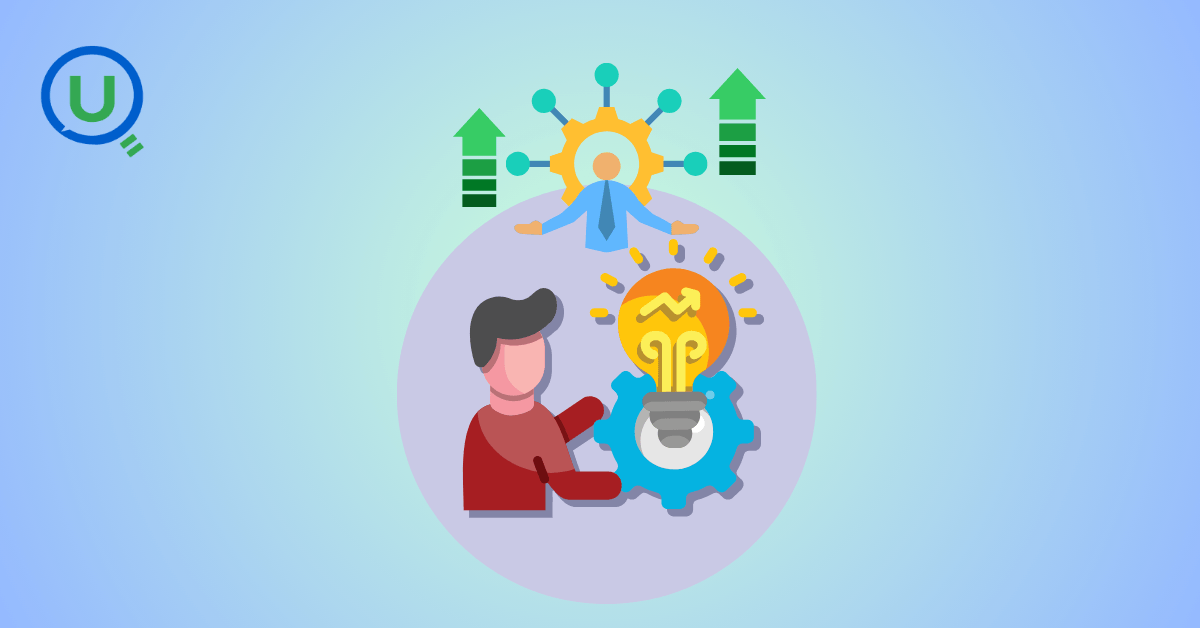
At Enqurious, we understand the importance of empowering workforces with the right skills to navigate emerging challenges. Enqurious works as a strategic partner to supplement and enhance L&D Teams.

Understanding how variables work together can supercharge your marketing strategy.

Marketing Effectiveness: Strategies, Channels, and ROI Maximization

The transformative journey of the energy sector: from outdated practices to a data-driven revolution.

Enhancing Readability for Effective Learning and Development
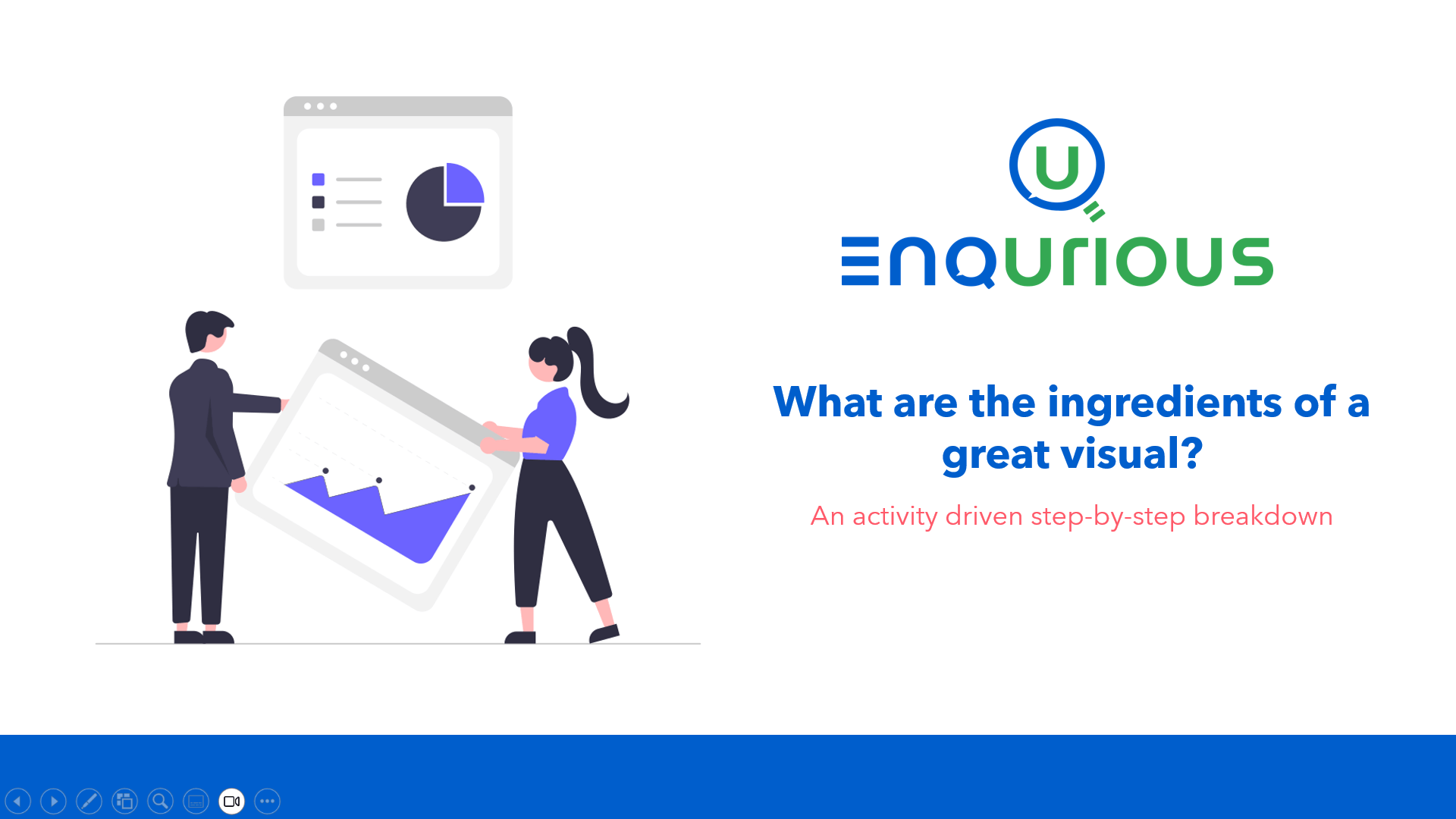
This guide helps to understand what elements come together to make or break a visual
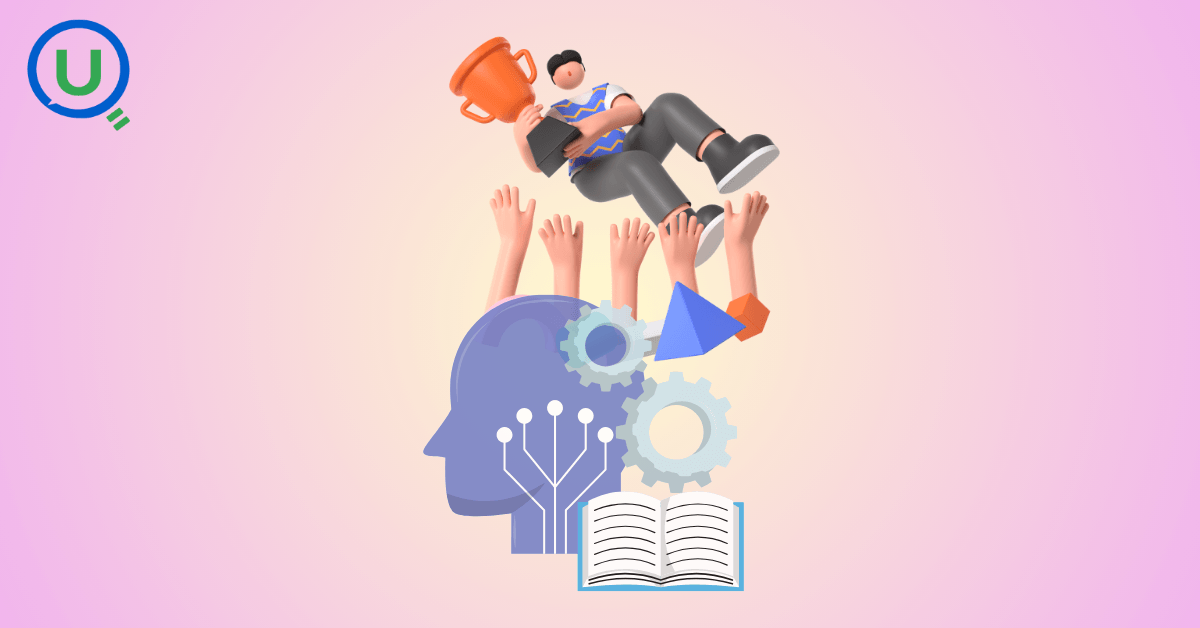
Thoughtfully crafted instruction design with drops of ambiguity and room for creative thinking makes the learning experience more enjoyable and “real world”.
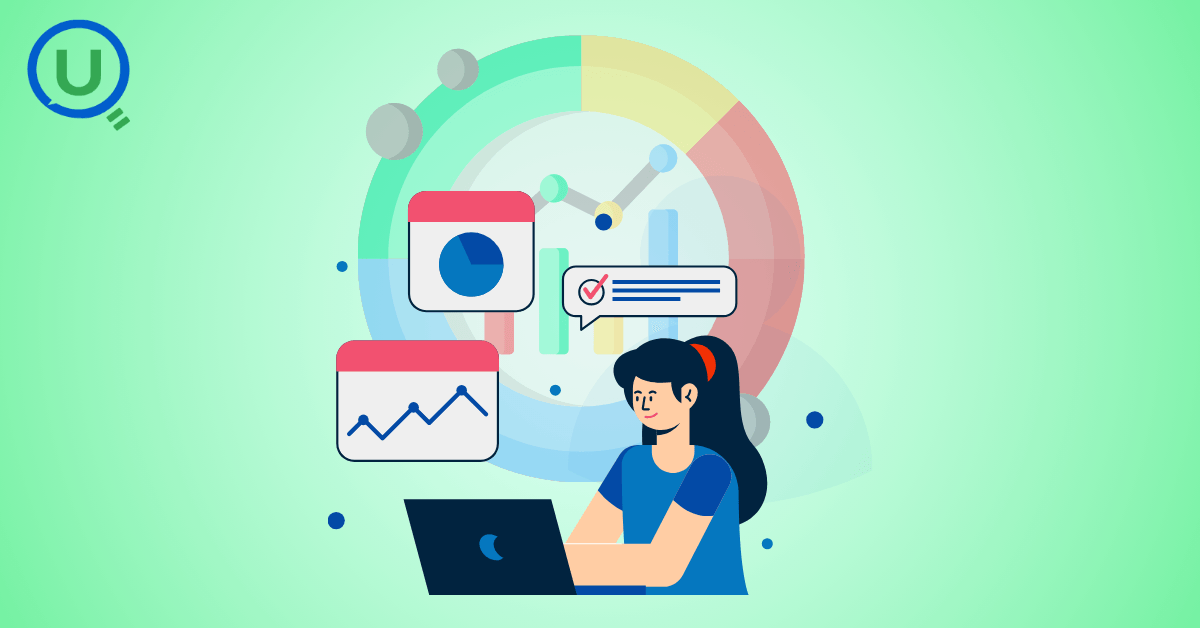
Understanding why it is so important to nurture self driven learners in a fast paced technology world

Leveraging data to design better and efficient L&D strategy for organization success
